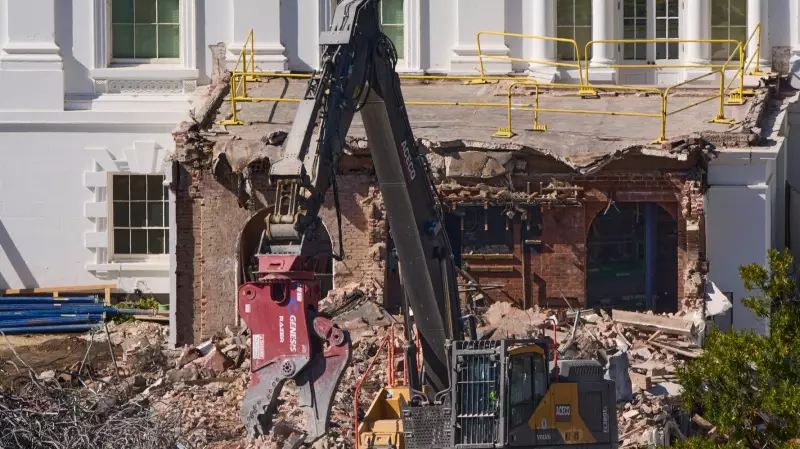
The Trump administration's controversial renovations to the White House ballroom have drawn formal criticism from the federal agency responsible for protecting Washington's historic landmarks, according to newly released documents.
Federal Commission Takes Stand Against Unauthorized Changes
The Commission of Fine Arts, a federal panel overseeing architectural integrity in the nation's capital, has formally declared that the Trump White House violated established protocols by proceeding with significant alterations to the ballroom without seeking required approvals. The commission's records reveal they were never consulted about the extensive renovations, despite clear mandates requiring their input on any modifications to White House interiors.
Extensive Renovations Raise Preservation Concerns
Documents detail how the administration completely transformed the White House ballroom, installing new architectural elements including dramatic arches and other structural features that fundamentally changed the space's historic character. Preservation experts express concern that such unvetted alterations could compromise the building's historical integrity and set troubling precedents for future administrations.
Pattern of Protocol Disregard Emerges
This incident appears to follow a broader pattern of the Trump administration bypassing established preservation procedures. The Commission of Fine Arts noted this wasn't an isolated case, pointing to multiple instances where required consultation processes were ignored in favor of rapid implementation of design changes.
Ongoing Implications for White House Preservation
The controversy raises important questions about how future administrations will approach their role as temporary stewards of the People's House. Preservation advocates worry that without consistent adherence to established protocols, the White House's historical authenticity could be gradually eroded through successive unauthorized modifications.
The commission's formal acknowledgment of these protocol violations adds another layer to the complex relationship between presidential administrations and the federal bodies tasked with maintaining Washington's architectural heritage.





